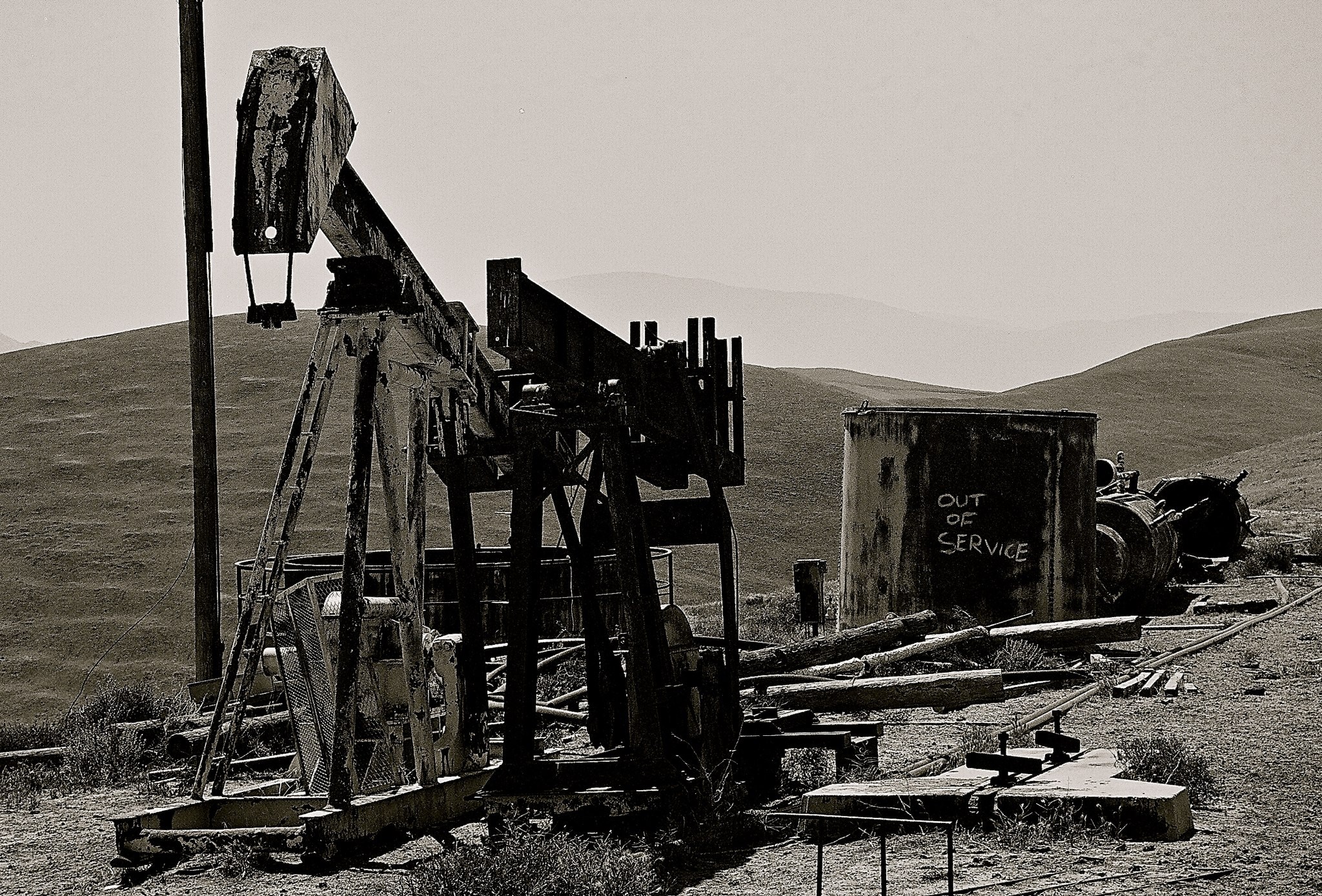by Zachary Waller
Photo: Jerry Mathes II
Russian Energy Minister Alexander Novak got some attention in February when he said Russia was prepared to join the Organization of the Petroleum Exporting Countries (OPEC) in a Saudi-proposed deal to cut oil production five percent. Those remarks proved to be relatively foresightful, as Russia, Saudi Arabia, Qatar, and Venezuela announced an agreement to freeze production at January levels just a few days later. Thanks to a longtime glut in oil production, this sort of deal looked to be just what producers needed to shore up the oil price.
This all unraveled last week, however, as the major oil producers who gathered in Doha to discuss a production freeze ultimately failed to come to away with any sort of agreement.
Why? To answer this question, many point to one thing: history. Saudi Arabia, currently the de-facto leader of OPEC, has long had a difficult relationship with Russia. When asked about Russia’s desire to work with OPEC to cut production, one delegate stated, “Is Russia really capable of cutting? They have said before they will contribute and it never has worked.” He is indeed right. After reaching the February agreement, Russia continued to pump more (as did the Saudis) and exceeded January levels of production in February.
While history plays a role, OPEC’s current coolness towards Russia also stems from the cartel’s greater interest in the United States, where it hopes low oil prices will drive out high-cost producers in the shale market.
Given the fact Russia is not of primary concern to OPEC, it makes sense the cartel would act with such a sense of coolness towards the oil giant. But why is Russia trying so hard to drum up talk about production cuts right now, even if it seems to have no interest in actually making them?
While it appears this is mainly political posturing to talk up the oil price, some believe Russia is indeed trying to work with other countries to cut production. This is evidenced by the fact that Russia’s Lukoil stated in January it would consider cutting production. With oil revenues making up a significant part of the Russian budget, a higher oil price would be a small relief for a Russian economy in rough shape.
There is no universal agreement in Moscow, however, on whether or not to cut production. Igor Sechin, boss of Russian oil giant Rosneft, lashed out at the Middle Eastern and American producers, saying, “They have deliberately created this situation and they are committed to low prices.” Sechin went on to point out that Russian production cannot be easily scaled back, another factor that could prove difficult for Russia if it is serious about reaching a deal with other producers.
Given the distrust between Russia and Saudi Arabia, along with the two countries’ different strategic goals, it is unlikely Russia and OPEC will come to an agreement on production, as can be seen from the failure in Doha. As de-facto leader of OPEC, Saudi Arabia – a country distrustful of Russia and with a keen desire to root out high-cost producers in the United States – has huge influence over how the cartel behaves and will likely keep it from reaching an agreement with Russia on production. Thanks to the Kingdom’s large cash reserves, it can wait out a low oil price for some time. Russia, on the other hand, would like to see a higher oil price, but has strong internal disagreements on whether or not to cut production. Couple that with Russia’s strong suspicion of Saudi Arabia (thanks to the Kingdom’s close ties to the United States) and it becomes hard to see Russia seriously pursuing a deal with the Saudis.
Even so, if OPEC and Russia were to be able to work out a deal on production levels, it may not have as big an impact as expected. This is largely for two reasons: Iran and the United States.
Iran, fresh off sanctions, is ramping up production in a bid to break back onto the world stage. The country has stated time and time again it has no interest in freezing production and will keep pumping until it has reached a level it believe to be satisfactory. This is an added complication which helps keep the Saudis from being willing to freeze production, as they want to keep their oil out there as a way to maintain market share against a resurgent Iran.
The United States, on the other hand, has take up a spot as an important swing producer. Unique in the fact that individuals instead of the government own mineral rights, the U.S. scene has become dominated by small shale producers who come and go from the market as the price goes up and down.
This means that if Russia and Saudi Arabia ever can reach a deal to bring prices back up (which it is unlikely they ever will), there is only so far they can rise until increased production from a country like the United States helps stabilize them again.

